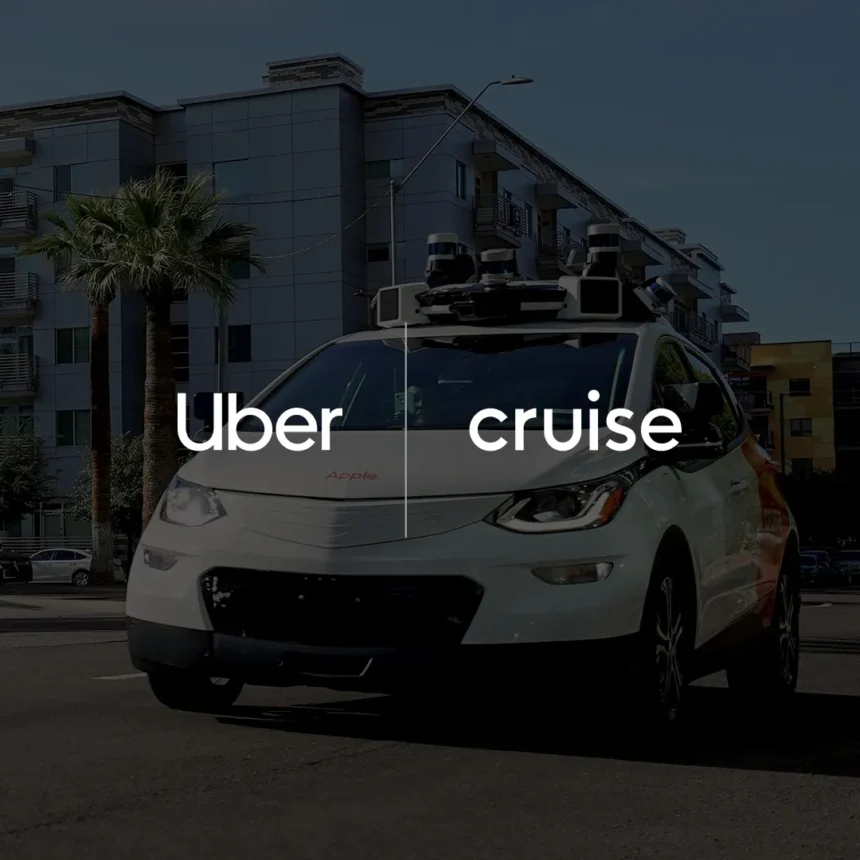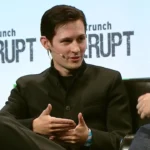Cruise, the self-driving subsidiary of General Motors, has announced a multi-year partnership with ride-hailing giant Uber to bring its robotaxis to the Uber platform starting in 2025. While specific dates have yet to be confirmed, a Cruise spokesperson informed TechCrunch that the partnership will follow the re-launch of Cruise’s own driverless service.
This collaboration marks a significant milestone in the autonomous vehicle (AV) industry, signaling Cruise’s readiness to reintroduce its robotaxis to public roads after a safety incident last October temporarily halted its operations. During that incident, a human-driven vehicle struck a pedestrian, propelling her into the path of a Cruise robotaxi. This event led to the suspension of Cruise’s autonomous permits in California and the grounding of its U.S. fleet.
Despite this setback, Cruise has been preparing for a strong comeback. Before the incident, the company was rapidly expanding its autonomous ride services in major cities such as San Francisco, Austin, Houston, and Phoenix. It had also begun driverless testing in Miami, signaling its ambitions for nationwide AV deployment.
In April 2024, Cruise resumed manual testing of its robotaxis in Phoenix and has since extended testing to Dallas and Houston. The company has also been working closely with regulators to address safety concerns and pave the way for a successful re-launch. In a significant move, Cruise recalled its entire fleet of 1,194 AVs to resolve a federal safety probe into unexpected braking issues. Additionally, the company agreed to pay a $112,500 fine to California regulators for mishandling communications related to the fall 2023 incident, positioning itself to restart operations in the state.
Cruise’s partnership with Uber underscores the ride-hailing company’s growing influence in the AV industry. Uber CEO Dara Khosrowshahi has recently positioned Uber as the go-to-market partner for AV companies looking to scale their operations. “Uber is uniquely positioned to offer tremendous value for AV players looking to deploy their technology at scale,” Khosrowshahi said during the company’s second-quarter earnings call on August 6. He emphasized that while operating a ride-hail network might appear straightforward, the underlying technology is incredibly complex, and Uber’s platform can help AV companies maximize utilization of their expensive assets.
Khosrowshahi also highlighted that Uber can drive significant demand for AV services without AV companies needing to invest heavily in customer acquisition or marketplace technology. “Uber can provide enormous demand without AV players needing to invest capital toward acquiring customers or building the marketplace tech that delivers reliability at the standard that consumers have come to expect,” he added.
Uber’s partnership with Cruise is not its first foray into the AV space. The company has been working with Waymo on integrating AVs into its ride-hailing service, with Waymo vehicles available on the Uber app in Phoenix since October 2023. On the food delivery side, Uber has active partnerships with autonomous vehicle startup Nuro and sidewalk delivery robot companies Serve Robotics and Cartken. Additionally, Uber has partnered with autonomous trucking companies Waabi and Aurora Innovation, though these companies have yet to achieve full autonomy (operating without a human driver behind the wheel).
Looking ahead, Uber is likely to announce more partnerships as it continues to expand its AV and electric vehicle (EV) offerings. The company recently inked a deal with Chinese EV startup BYD to bring 100,000 new EVs onto the platform in markets outside the U.S. Both companies have also committed to collaborating on future BYD autonomous-capable vehicles, which are expected to be deployed on the Uber platform. BYD, in turn, has committed to a $14 billion investment in AV technology, further signaling the rapid growth and potential of the AV industry.
As Cruise prepares to reintroduce its robotaxis, the partnership with Uber represents a significant step forward in making autonomous ride-hailing a reality for consumers. With both companies leveraging their strengths, the stage is set for a transformative era in transportation.










